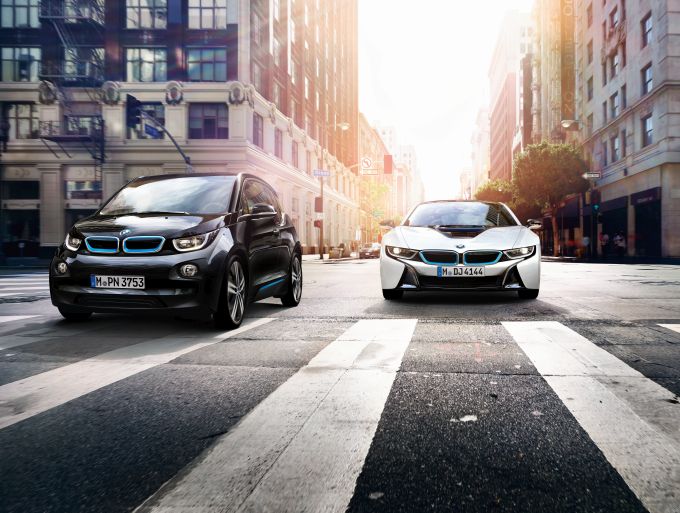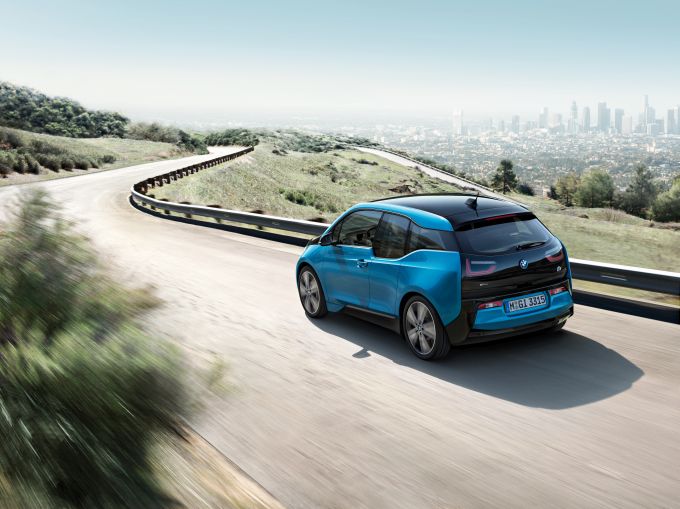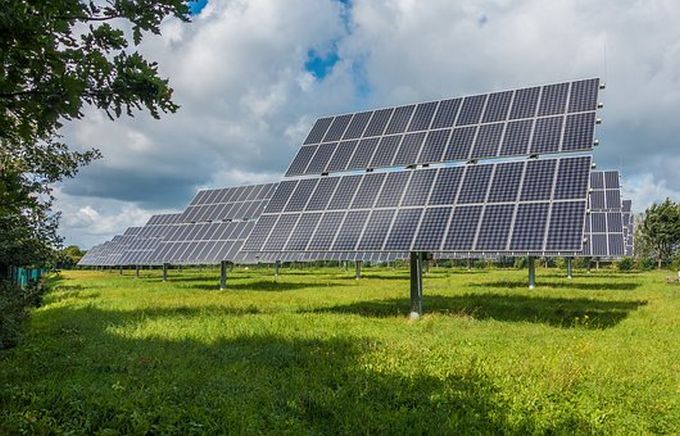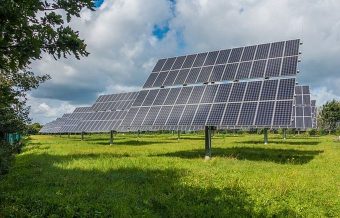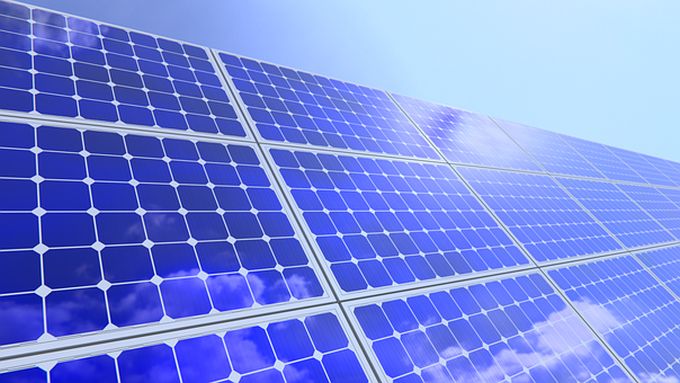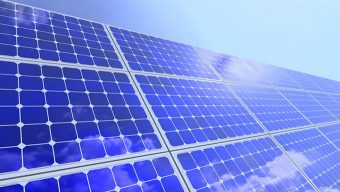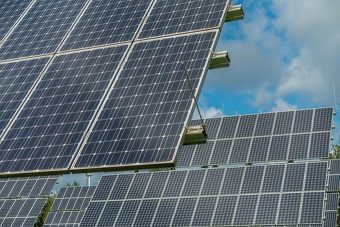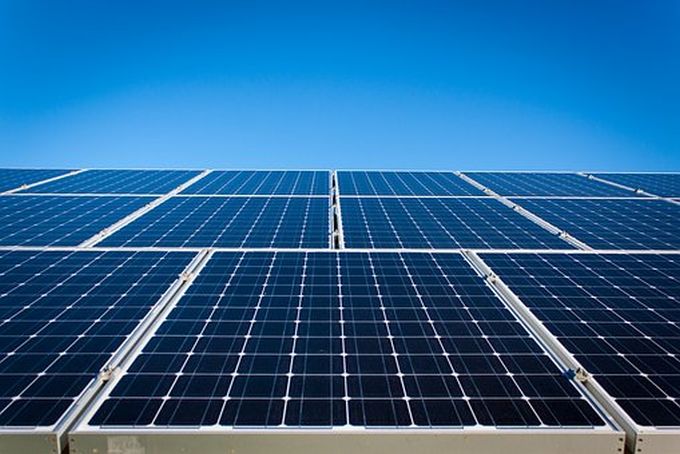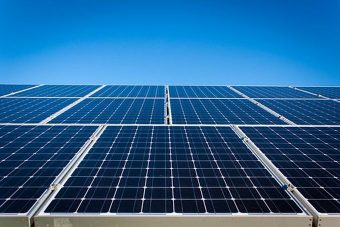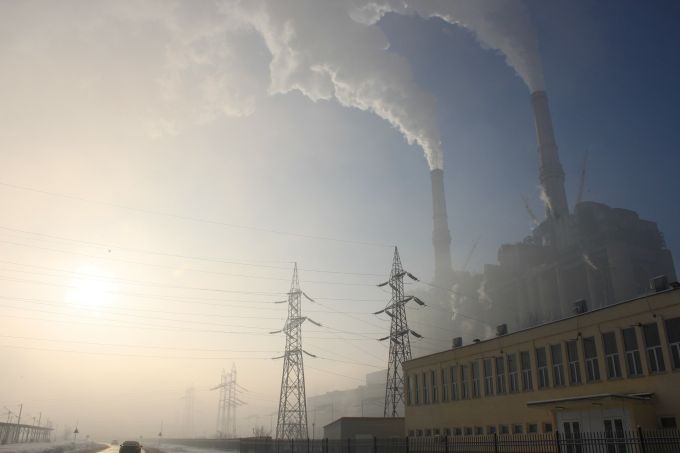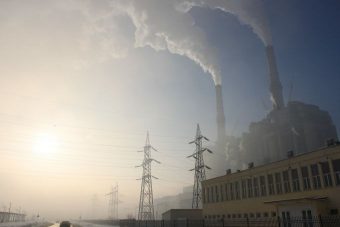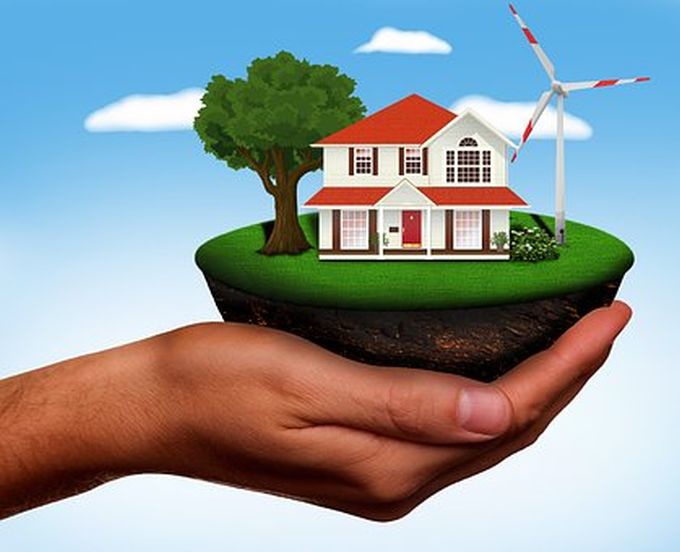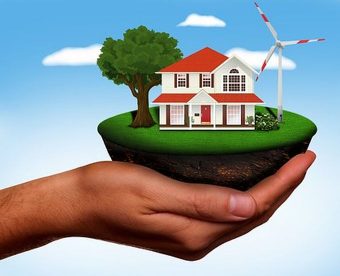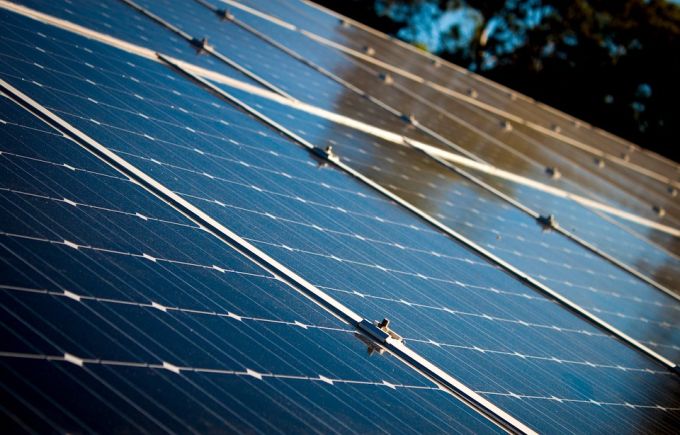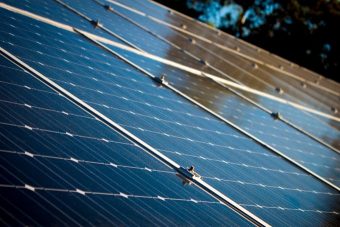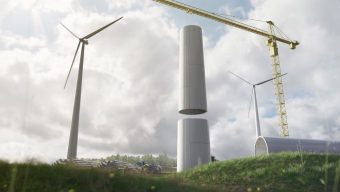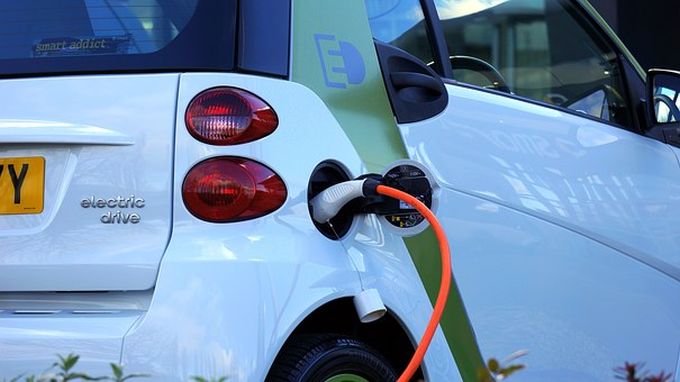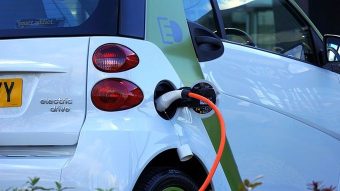
The most polluted postcodes in London have been identified as part of a year-long initiative which saw thousands of personal air quality smart sensors handed out to local groups, businesses, and communities to help draw up a picture of pollution levels across the UK capital.
Using Drayson Technologies’ CleanSpace tags, the initiative generated more than 15 million local carbon monoxide (CO) data readings over a 12-month period. It revealed that WC1N – an area encompassing Great Ormond Street Hospital and the Brunswick Centre in Bloomsbury – had the highest overall readings for the pollutant.
It was followed in the pollution league table by W10 – spanning parts of Wormwood Scrubs prison, Ladbroke Grove and West Kilburn – and WC2, which covers parts of the West End as well as Charing Cross and Embankment tube stations.
Bishops Bridge Road near Paddington Station, followed by Euston Road and Great Portland Street were also identified as specific roads in London with the highest CO levels, according to the clean tech firm.
The initiative was also able to identify specific times of the year and day when pollution levels were at their worst, with the highest peak average of CO measured on 23 January this year – when the Mayor of London issued the city’s first ‘Black Alert’ for air pollution.
Repeatedly high levels were also measured throughout November 2016 to February 2017, which Drayson Technologies said indicated that the air is dirtier in London during the winter months.
Meanwhile, the most polluted times of the day were on average seen between 8.51am and 9.21am each morning, as well as during the evenings between 8pm and midnight, spikes which the firm said were most likely due to Londoners being exposed to pollutants inside bars, restaurants or other buildings.
First launched last year by Drayson Technologies in partnership with charity the British Lung Foundation, the Map London initiative also saw green private car hire service Greentomatocars fit its vehicles with CleanSpace tags, generating 1.5 million readings from their daily journeys.
The company said it measured CO – rather than other pollutants such as nitrogen oxides or particulate matter – because it is found in both indoor and outdoor environments, with testing having shown that carbon monoxide “correlates well with all other major urban pollutants across seasons”.
Lord Drayson, chairman and CEO of Drayson Technologies, said the aim of the initiative was to help improve Londoners’ awareness of the air they breathe both indoors and outdoors. “We hope the data that we have collected will help people avoid pollution hotspots and allow us to better understand how air pollution impacts people’s health and in turn help Londoners lead healthier lives,” he said.
The results of the year-long campaign follow the launch of London’s Toxicity Charge last week, which means drivers of older, more polluting vehicles now have to pay an additional £10 fee in order to travel in Central London.
Source: businessgreen.com








